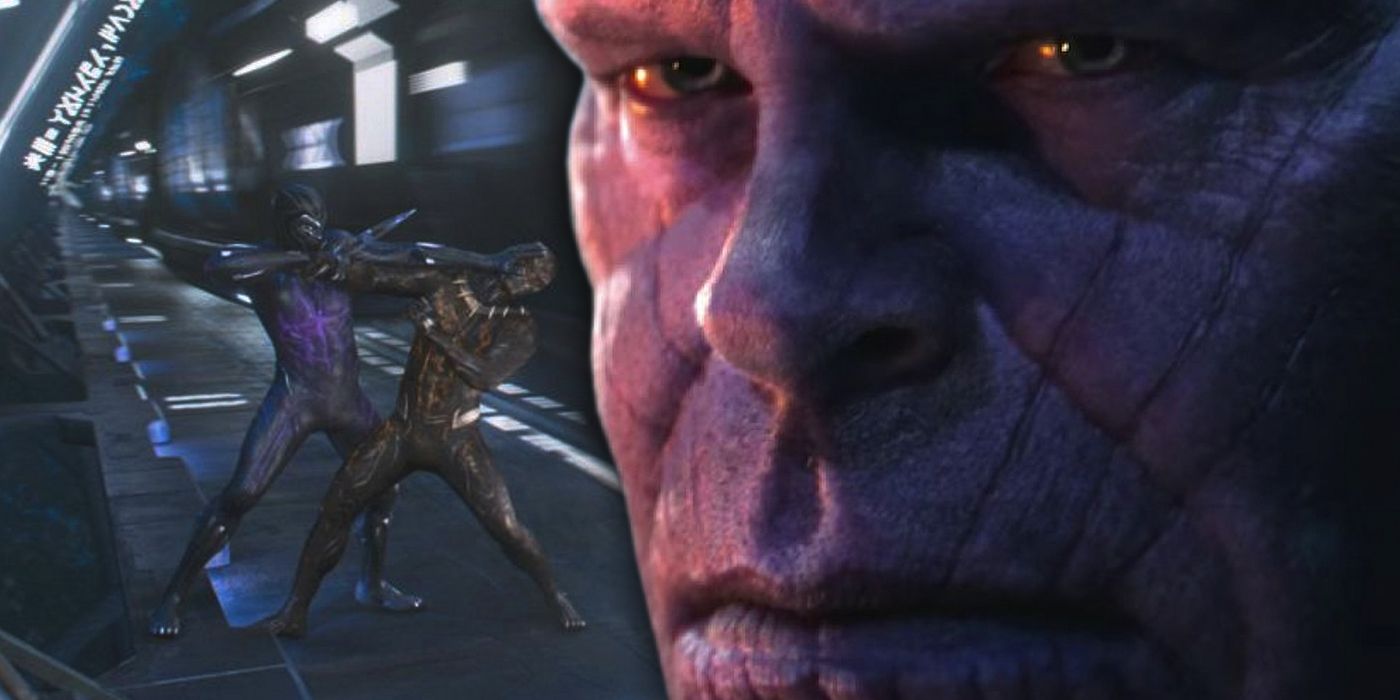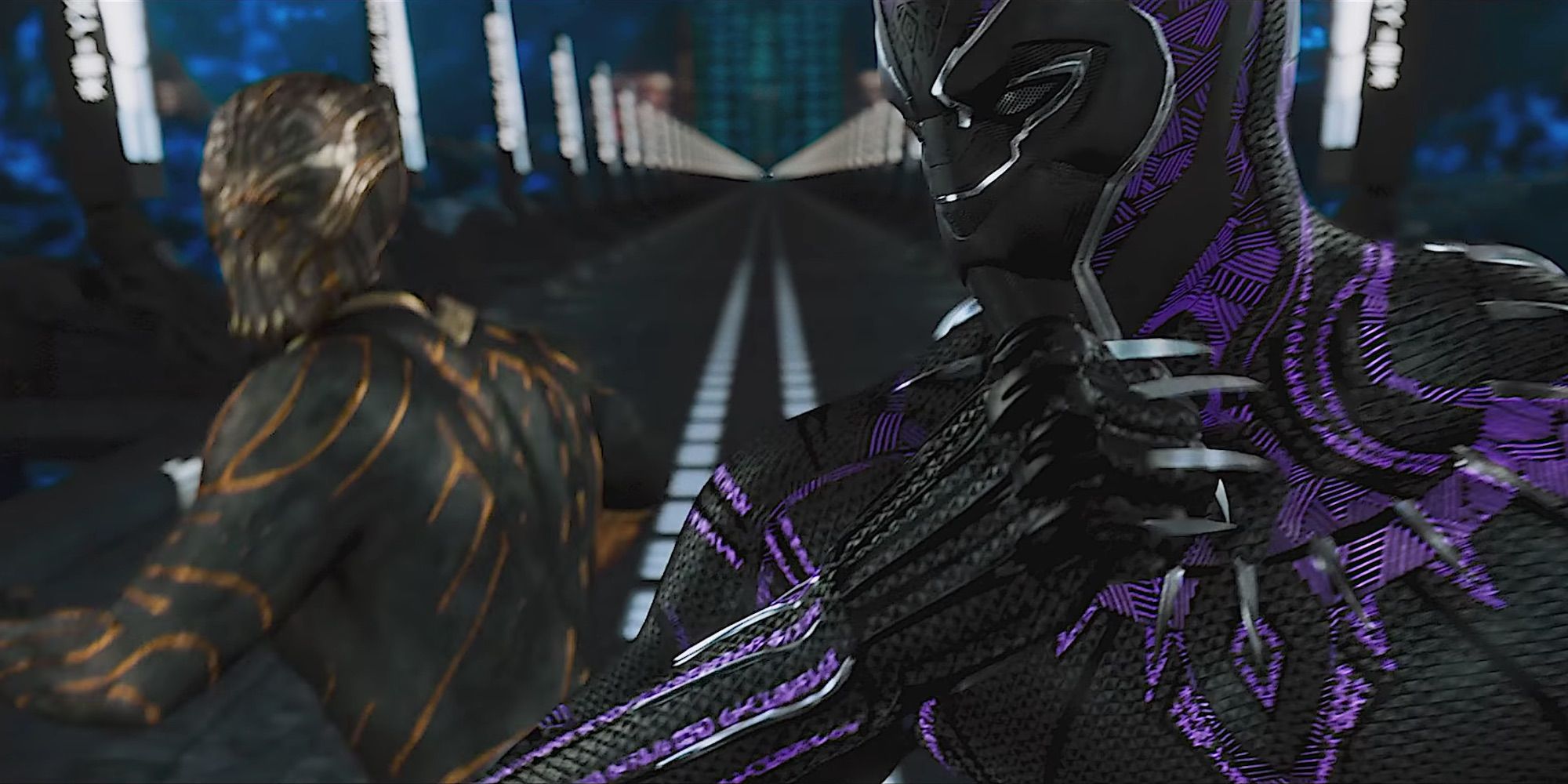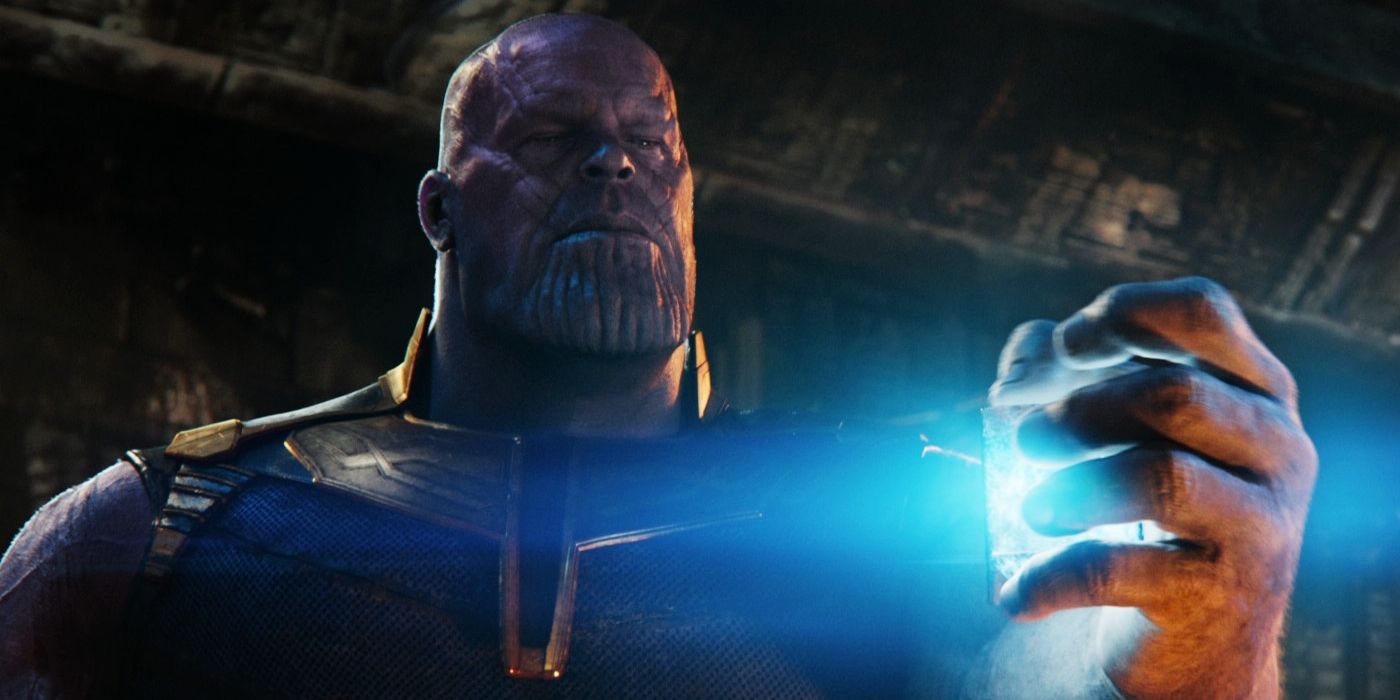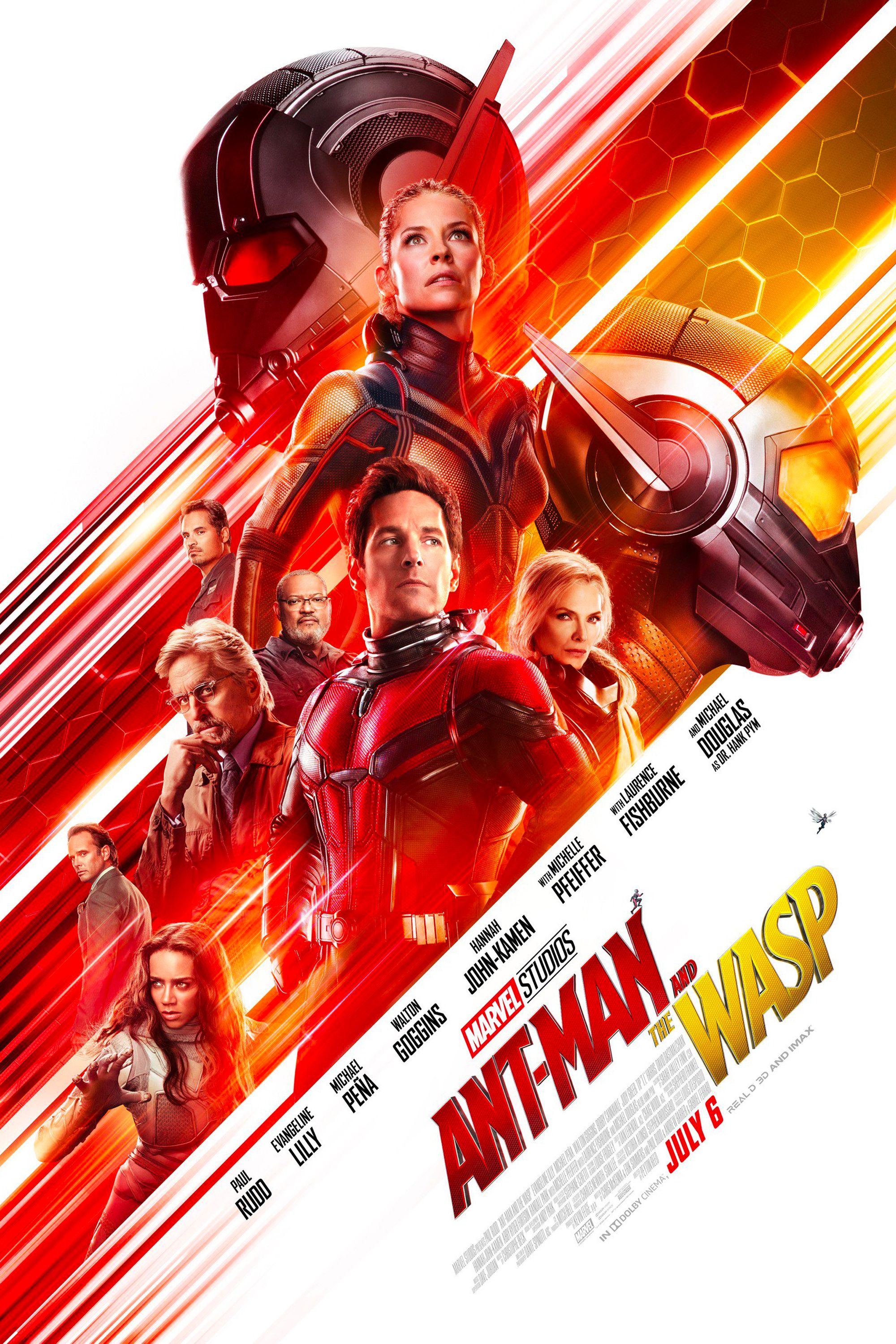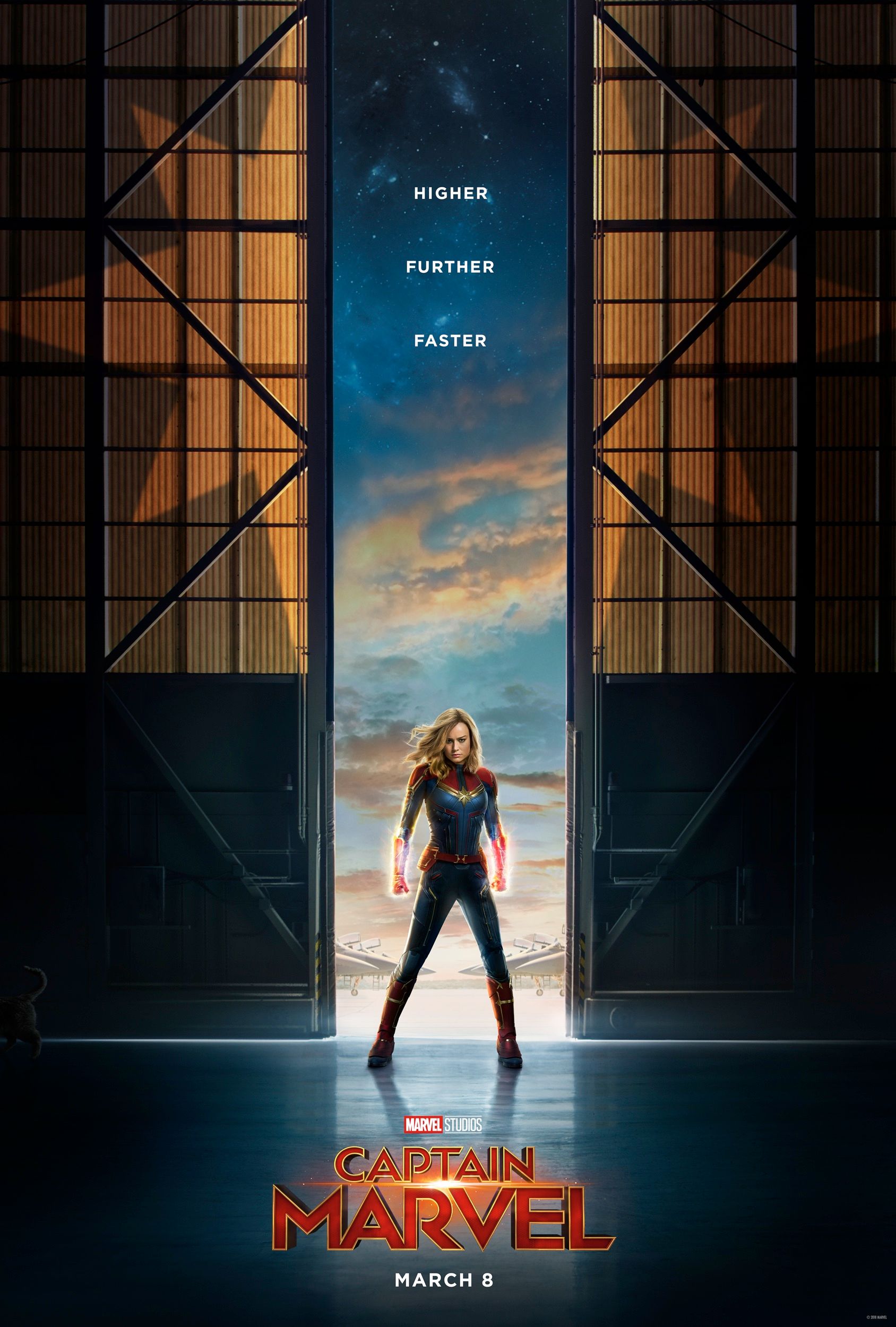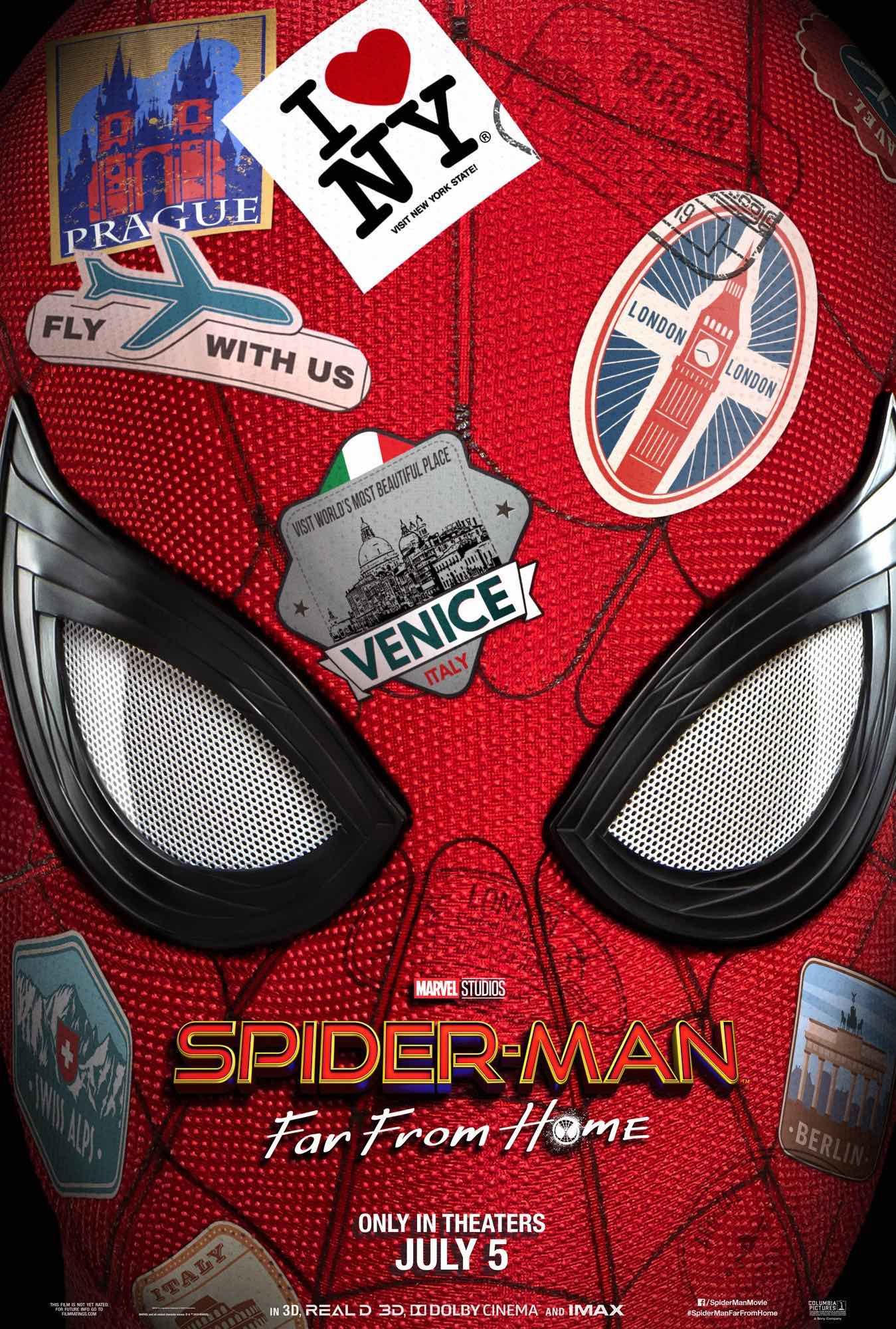Warning: Spoilers for Avengers: Infinity War.
-
Thanos doesn't just fix Marvel's villain problem in Avengers: Infinity War, he also addresses the MCU's increasingly shoddy CGI. It used to be that weak antagonists were Marvel's biggest problem, with thin characters like Ronan the Accuser, Malekith the Dark Elf, and Kaecilius among the most egregious offenders. Fortunately, with villains like Zemo, Kilmonger, and Vulture, most of Phase Three has evolved to offer enemies who are just as interesting as the heroes they battle.
These days, the MCU has different problem, and it's much more immediately apparent to even the most casual viewers: the CGI isn't very good. It's not a universal strike against every moment of every movie in Marvel's sprawling universe, but every film seems to make some slip-ups, especially when it comes to digital character models.
Related: The Next Two Marvel Movies Are Set Before Avengers: Infinity War
The reason for this is rather simple. There aren't enough visual effects experts to supply consistent, high-quality spectacle, and they are often forced, by time and budgetary demands, to turn in compromised work. As a result, certain movies are forced to suffer from sub-par CGI while others are given higher priority on the VFX totem pole (this is a big reason why Superman's mustache was so bad in Justice League). But with Marvel, it's proven so repetitive that it's become a concern.
What's The Problem With Marvel's CGI?
MCU films, despite possessing mammoth budgets and talented artists working for months on end, are produced on a rigid timetable. As the CGI-heavy action sequences grow more ambitious, special effects companies are given less time and money to produce more complicated computer-generated visuals, all while being spread more thinly than ever before. This means that while quality is usually high - see the cities of Wakanda - certain sequences are noticeably weaker - Black Panther vs. Killmonger looks far too rubbery.
For proof, compare the extended one-shot battle sequence in The Avengers to the opening shot of Avengers: Age of Ultron. While similar in premise (a "oner" featuring every hero looking cool whilst kicking butt), the drop in visual quality is staggering. One would think that CGI effects should improve from the original to the sequel, but that's no longer true. The goal is no longer to up the ante in terms of photorealistic CGI, but to complete the film on time. The sad truth is, cutting-edge special effects are not a priority as they once were.
Other MCU films have suffered in similar ways. While the airport sequence in Captain America: Civil War is fondly remembered, there's no avoiding they still haven't quite mastered placing Robert Downey, Jr.'s head on Iron Man's suit. Other moments from the film don't hold up as well; the CGI garbage truck in the beginning is less-than-convincing. And the less said about Black Panther's unintentionally hilarious CGI rhinos, the better.
Related: Infinity War Wastes Marvel’s Future Avengers
Thanos Is One Of The Best CGI Characters Ever
On the opposite end of the spectrum from Black Panther is Avengers: Infinity War. While all of the effects are top-tier - bar Bruce Banner in the Hulkbuster - special mention has to go to the motion-captured performance of Josh Brolin as Thanos.
The MCU has been a key testing ground for CGI-enhanced faces, particularly with aging and de-aging effects applied to actors like Robert Downey Jr., Kurt Russell, Hayley Atwell, and Michael Douglas. Thanos feels like the culmination of those efforts. His face, while purple, giant, and muscular, is completely recognizable as Brolin's and usually looks completely photoreal, especially compared to his brief appearances in Guardians of the Galaxy and Age of Ultron.
This is essential for making the movie's main character work as well as he does. Unlike the Hulk, who is similarly mo-capped, Thanos goes through a much wider range of emotion than "angry" and "very angry." His face displays pain, sadness, bittersweet acceptance of self-imposed responsibility, reluctant belief, and more. When he cries, the audience doesn't see the painstaking effort that went into creating an impossibly complex computer-enhanced transposing of Josh Brolin's acting; they only see the haunting performance. And that's nothing on the skin-blemishes and stubble that can be seen when close-up.
-
It's fair to say that, with Thanos, Marvel has brought it where it counts. They need the Mad Titan to work on a greater level than any single action sequence that audiences will more readily go along with. However, if they're truly going to put the CGI problem behind them, Avengers: Infinity War needs to be the start of something bigger.

